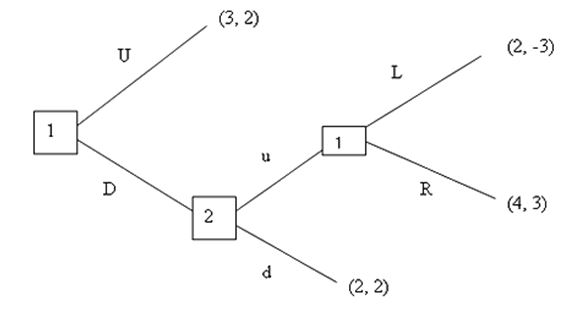In what ways is California "different" from the rest of the nation? How do these differences give rise to politics that are uniquely challenging or "exceptional"?
What will be an ideal response?
Varies. Chapter 1 outlines some of the economic, geographic, and demographic characteristics that make California unique, each of which has public policy implications. For example, California is the largest state and most diverse population-wise, contains the highest percentage of foreign-born persons, encompasses diverse terrain and landforms (coast, deserts, mountains, etc.) that are affected differently by extreme weather events, has one of the world's largest economies, and is situated on the Pacific Rim and borders Mexico. These features mean that the job of governing California requires significant time and energy, and a full-time government is appropriate to the task. It also means that the state budget will be large because many groups place differing demands on the state. As a gateway for international trade, California is also at the crossroads of immigration (a challenge that is also shared by other Southern border states), and must deal with large numbers of people who are either moving through the state or reside in the state without legal permission. The great expanse of districts (and heavily populated districts) also means that candidates must raise large sums of money to reach voters through paid media, and often in expensive media markets. Note there is no "correct" answer; there are only better argued responses.
You might also like to view...
Policy and Supporting Positionsis a document that:
A. publishes the list of federal posts that are filled by appointments by the president after each presidential election. B. lists the names of lobbyists who target the executive branch. C. identifies the key pieces of legislation that authorize the federal government to act through its agencies. D. summarizes the parts of the government bureaucracy and explains what each agency does. E. lists the standard operating procedures to be followed by the federal government in specific circumstances.
In 1885, the __________ carved up Africa among European colonial powers
a. Pan African Commissions b. Royal Niger Company c. Berlin Conference d. Divide et Impera
What is the subgame perfect Nash equilibrium or equilibria of the game shown here?

Recall that the equilibrium should be written in the following form: (Player 1’s move at her first node, Player 1’s move at her last subgame, and Player 2’s move at his [only] subgame).
A. (U)
B. (D; d)
C. (D; u; R)
D. (D; R)
E. (D, R; u)
What is the Race to the Bottom?
a. the lowering of standards by LDCS to attract foreign investment b. MNCs driving down wages by employing young children c. the failure of MNCs to build the infrastructure to improve the lives of factory workers around the world d. The way that critics of globalization have described the strategy of the World Trade Organization